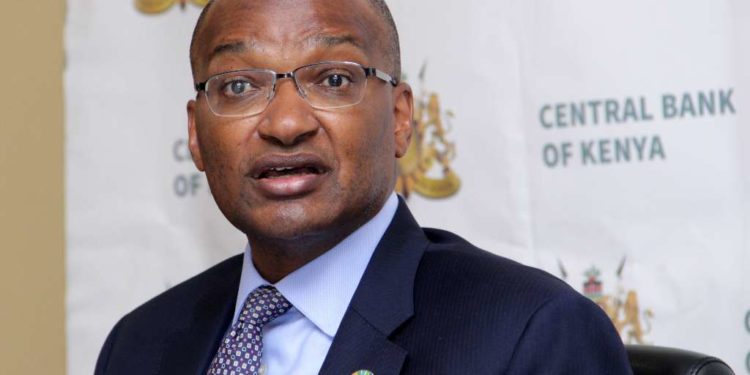The Central Bank of Kenya (CBK) expects Kenya’s foreign exchange market to be stable this year, primarily due to a reduction in the current account deficit.
Patrick Njoroge, the CBK governor, stated that the deficit, which improved to 4.9% of GDP at the end of last year, is forecasted to reach 5.4% this year, close to the “ideal level” of 5%.
The improvement was attributed to higher exports from tea and manufactured goods, as well as an increase in remittances.
The Kenyan shilling weakened 9% against the dollar last year. The currency has so far this year lost 0.8% against the dollar, Njoroge said.
CBK’s foreign exchange reserves remained adequate despite slipping below the statutory requirement of four months’ worth of import cover last week, the governor said, citing expected hard currency inflows.
“We don’t have any concerns there. We expect that the cover will increase and the reserves we are holding are adequate,” Patrick Njoroge.
Hard currency reserves slid to $7 billion last week, worth 3.92 months of import cover, the central bank said, from $7.38 billion the previous week, or 4.13 months’ worth of imports.
However, CBK did not say why the reserves fell, but market participants attributed the drop to the repayment of foreign loans.
“Given the shocks we have had… we accept lower reserve cover,” Njoroge said, citing a jump in yields of dollar-denominated bonds last year, which prevented Kenya from issuing a new euro bond.
Kenya is expecting to receive fresh financing from the World Bank and a $300 million tranche from an existing lending programme with the International Monetary Fund by the end of June this year, which will bolster reserves
Read also; CBK Retains Benchmark Lending Rate at 8.75%.




